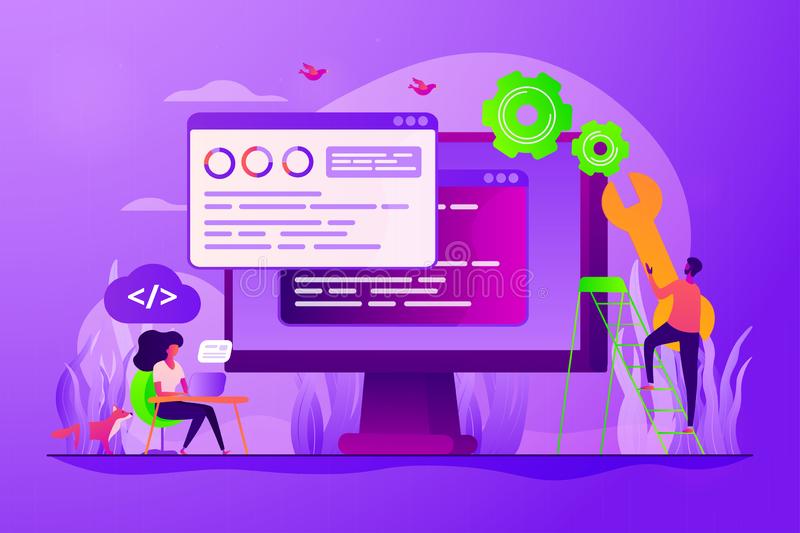BJ255 Insights
Exploring the latest trends and news in various fields.
Behind the Curtain: Secrets of Back-End Development
Uncover the hidden mysteries of back-end development and unlock the secrets to building powerful, dynamic web applications!
Understanding APIs: The Backbone of Web Applications
APIs, or Application Programming Interfaces, serve as the fundamental building blocks for modern web applications. They facilitate communication between different software systems, enabling developers to access data and functionality from external sources without having to understand their underlying code. By utilizing APIs, web applications can leverage the power of third-party services, streamline processes, and enhance user experiences. For example, a simple weather app can utilize a weather API to fetch current conditions from a remote server, making it incredibly easy to provide real-time updates to users. To learn more about how APIs work, you can visit IBM's Cloud Learn.
Understanding the various types of APIs is essential for web developers working today. There are mainly three types: Open APIs (public APIs), Internal APIs (private APIs), and Partner APIs. Open APIs are accessible to anyone and can drive innovation by allowing developers to integrate their applications with popular platforms. In contrast, Internal APIs are designed for use within an organization, improving efficiency and collaboration among different teams. Lastly, Partner APIs are shared with specific partners, enabling controlled access to vital functionalities. For a comprehensive guide to the different types of APIs, check out TWI Global.

A Day in the Life of a Back-End Developer: Tools and Technologies
A day in the life of a back-end developer is a blend of problem-solving and innovation, starting with a morning stand-up meeting where team members discuss ongoing projects and potential blockers. Tools like Jira and Slack are essential for communication and project management. Once the meeting wraps up, the developer dives into coding, often using languages such as Python, Java, or Node.js. Version control systems like Git play a crucial role in tracking changes and collaborating with team members effectively.
As the day progresses, back-end developers often focus on optimizing server performance and database management. They rely on technologies such as PostgreSQL or MongoDB to manage data effectively. Additionally, implementing APIs becomes a crucial task, allowing for smooth integration with front-end teams. Furthermore, backend developers continuously learn new frameworks and tools, such as Docker for containerization, which enables more streamlined deployment processes. By the end of the day, troubleshooting and debugging are common activities, ensuring that applications run smoothly and efficiently.
How Databases Work: The Hidden Engine of Data Management
Databases serve as the backbone of modern data management, enabling organizations to store, retrieve, and manipulate vast amounts of information efficiently. At their core, databases are structured collections of data that use a systematic approach to ensure consistency and integrity. The fundamental operations of a database—CRUD operations (Create, Read, Update, Delete)—allow users to interact with the stored data seamlessly. Understanding how databases work involves grasping concepts such as data models, SQL (Structured Query Language), and database management systems (DBMS), which act as intermediaries between users and the database itself.
A DBMS plays a critical role in maintaining data integrity and security while facilitating multi-user access. This software not only handles the storage of data but also ensures that data is organized in a way that reduces redundancy and improves retrieval speed. Common types of databases include relational databases, which use tables to represent data and can be queried in powerful ways, and NoSQL databases, designed for unstructured data. As we move forward in an increasingly data-driven world, understanding how databases function and their underlying principles is essential for leveraging data effectively.